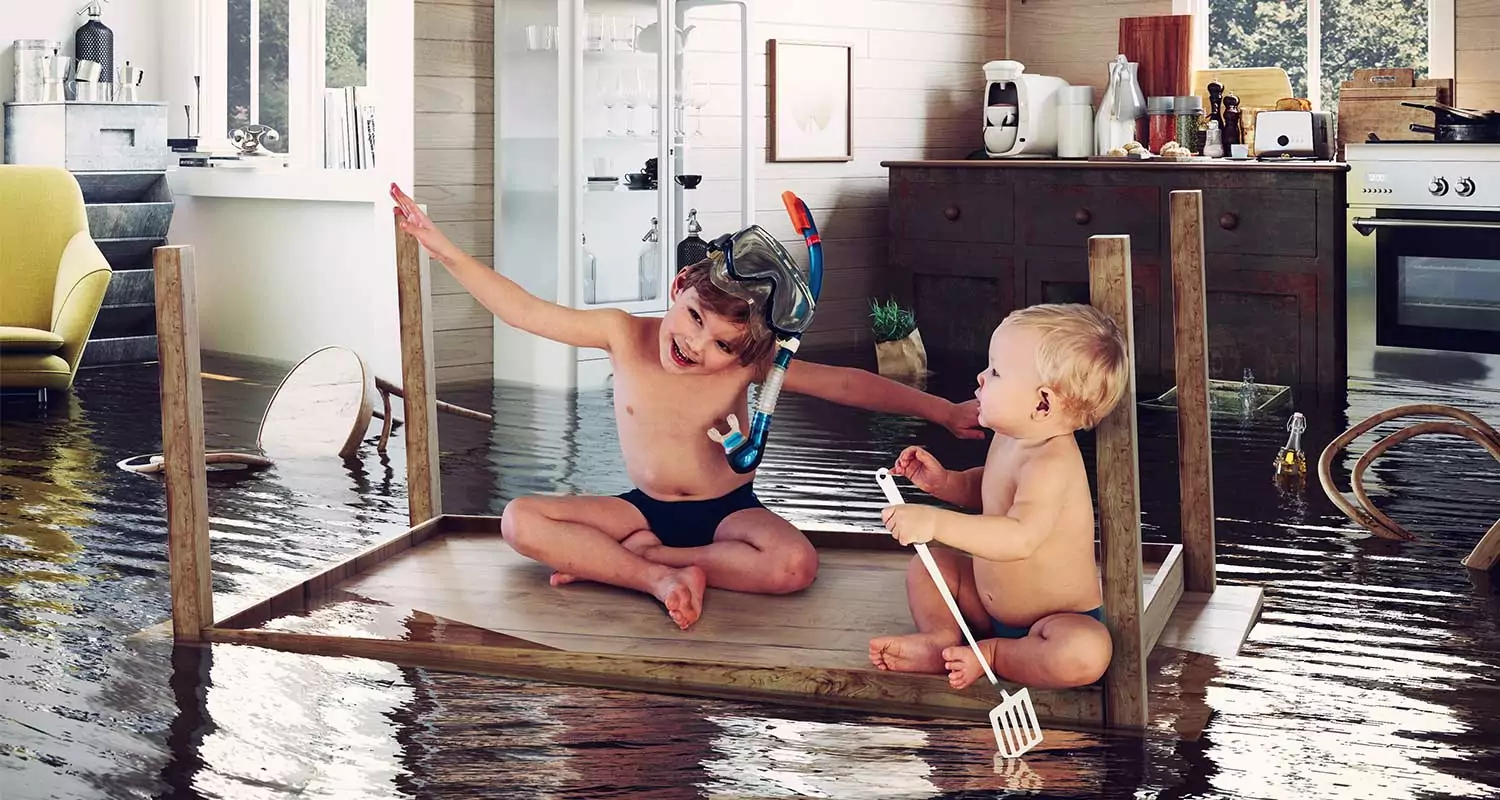
A Comprehensive Guide to Common Plumbing Problems and Solutions
Table of Contents
In this post you will get a thorough guide to common plumbing problems and solutions. Are you all too familiar with the struggle of trying to fix a burst pipe at midnight, or an annoying dripping faucet? It’s inevitable, these typical plumbing issues tend to pop up when least expected.
That said, why not be ready and equipped for this challenge by arming yourself with knowledge about them! In this blog post, we will dive deep into household troubleshooting tactics. Understanding the causes behind common plumbing problems as well as solutions on how they can best be fixed. So let’s get started!
Short Summary
Don’t let plumbing problems ruin your sleep – take action to identify and fix common issues like dripping faucets, clogged drains, running toilets & water heaters.
Have the right tools & safety gear on hand for DIY projects or call in a professional plumber if needed.
Take preventive steps to avoid expensive repairs by understanding what causes high water bills and clogs.
Dripping Faucets and Leaky Fixtures
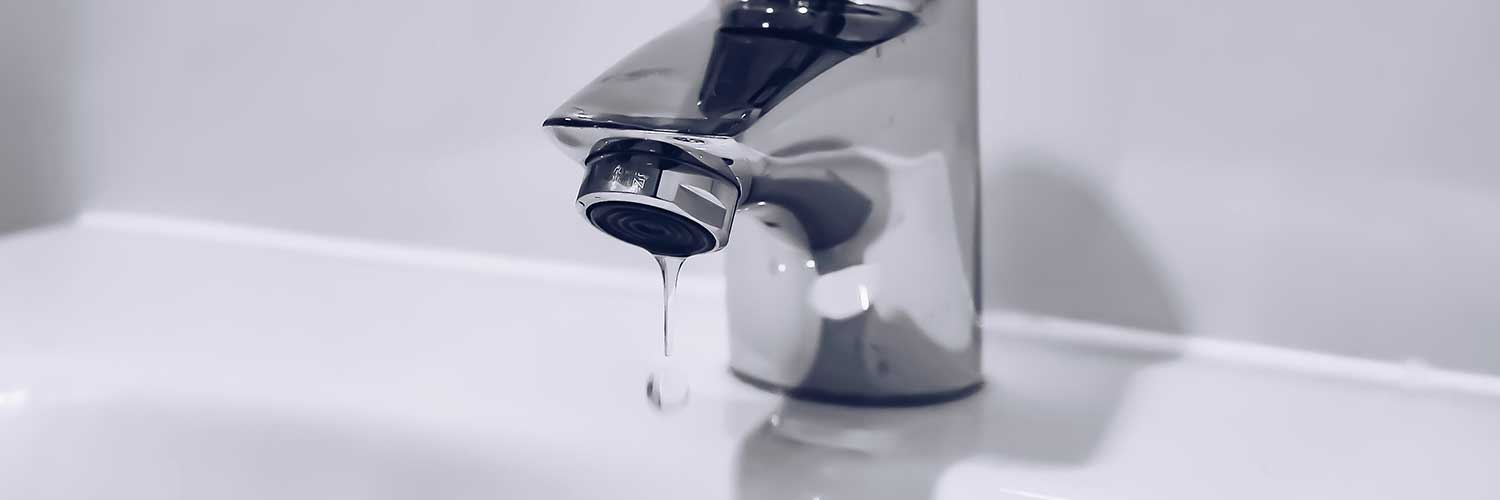
The sound of a dripping faucet, often keeping us up at night, who knew it could lead to such negative consequences? Leaks like these are capable of driving up our water bills and causing harm to the home. So how can we effectively deal with this frustrating issue? Identifying where exactly the leak is coming from should be your first move. Inspect any nearby faucets or pipes for signs. Once you’ve identified what’s behind all that pesky noise, take steps towards fixing it promptly so as not to incur too much financial damage and disruption!
Identifying the Issue
Trying to pinpoint what is causing your dripping faucet can be a challenge. Often, the issue stems from worn-out washers, loose connection points or blocked aerators. To determine if that’s the case for you, look out for water still running after turning off the tap and check to see if there’s any buildup of dirt in the aerator. If either are true then chances are it’s because of an underlying leak within your system.
DIY Fixes
We’ve identified the issue, so let’s get to work. If needed, you can just replace a worn-out washer or tighten loose connections – and if it’s clogged then cleaning out the aerator should do the job! When everything is done, your dripping faucet will no longer be an annoyance for you in those late night hours.
Clogged Drains and Slow-Draining Sinks
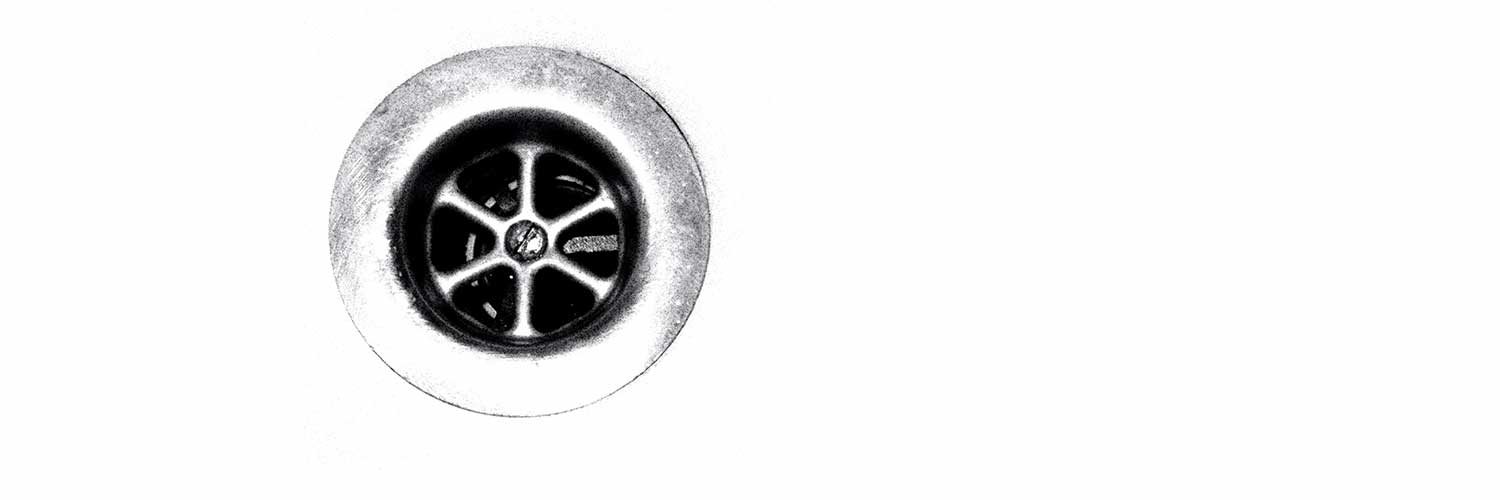
When you’re in a rush to clean the kitchen after dinner, one of the most infuriating things is having to deal with your sink draining slowly. Or even worse – when a clog results in you getting caught up knee-deep during morning shower time!
So what could be causing these blockages and slow drainage? And more importantly, how can we get rid of them?
Preventing Clogs
Heading off potential problems is always preferable to finding a solution. This definitely applies when it comes to clogs, where being cognizant of what you are sending down the drain will go far in keeping everything flowing as usual. Avoiding flushing questionable items such as personal hygiene products and using mesh strainers or stoppers for hair and food scraps. These minor steps can keep plumbing repairs away from your doorstep! Not only that, but regular maintenance on your drains should become part of a normal routine too so any more serious issues do not arise.
Clearing Clogs
If the worst happens and you’re dealing with a clogged toilet, don’t panic! You can try using a plunger or drain snake to help unclog it. Chemical drain cleaners may be your savior in this situation as well. If all else fails, then consulting an expert is recommended. No matter what method you choose though, make sure to keep safety first when tackling any plumbing problems like these!
Running Toilets and Flushing Issues
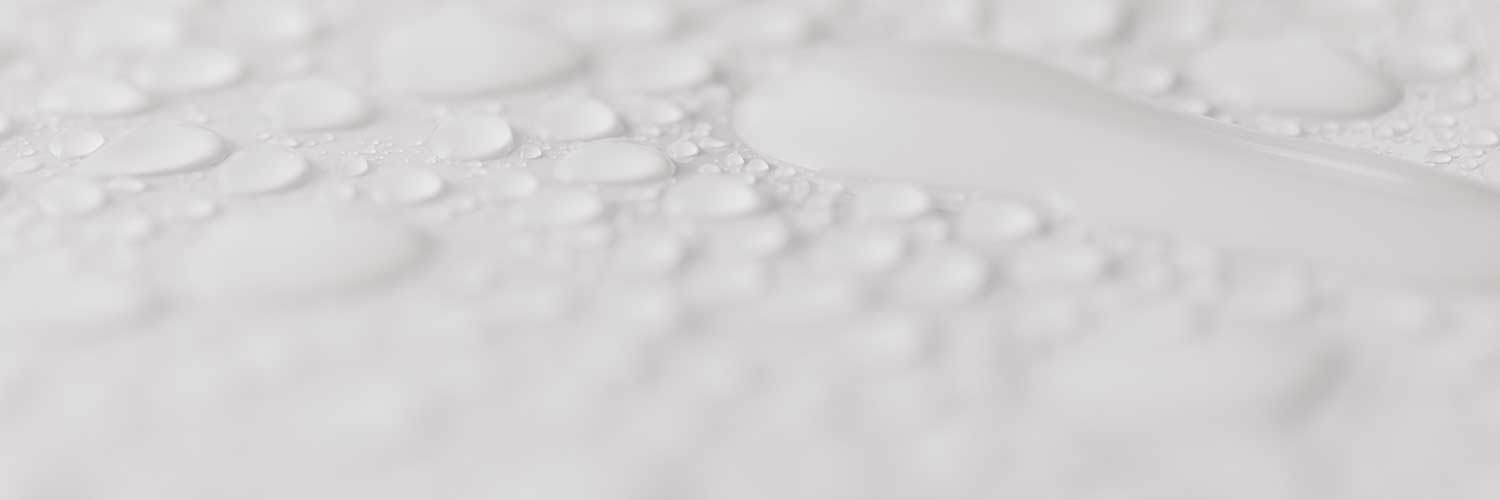
It is common to encounter plumbing problems, such as leaky faucets and running toilets, that can be annoying yet costly. If these problems aren’t addressed in time, it leads to excessive water waste resulting in high bills due to a constantly-running toilet. But why do they happen? How are they fixed?
The answer lies within the causes of those two familiar bathroom concerns, by understanding them you will know how to resolve the issue quickly and efficiently without wasting your hard earned money on additional costs for maintenance repair visits!
Diagnosing Toilet Problems
In order to diagnose a toilet issue, one must examine the flapper valve, lift chain and fill tube. The flapper can be faulty if your toilet is continuously running. A misaligned or twisted lift chain could prevent it from closing properly, which may lead to irregular water flow in the bowl. Also check for blockages or leaks in the fill tube that might be hampering its normal functioning levels of fluidity. By inspecting these components, we will locate where exactly lies our problem and then take corrective action accordingly.
Repairing and Replacing Components
Once the trouble has been pinpointed, it’s time to take action. If a faulty flapper valve is causing issues, replacing it should be enough to resolve them. In case the lift chain is twisted and out of shape, all you need do is adjust its length for everything to go back in order. Though if neither works, feel free to call upon an experienced plumber for help!
Water Heater Troubles
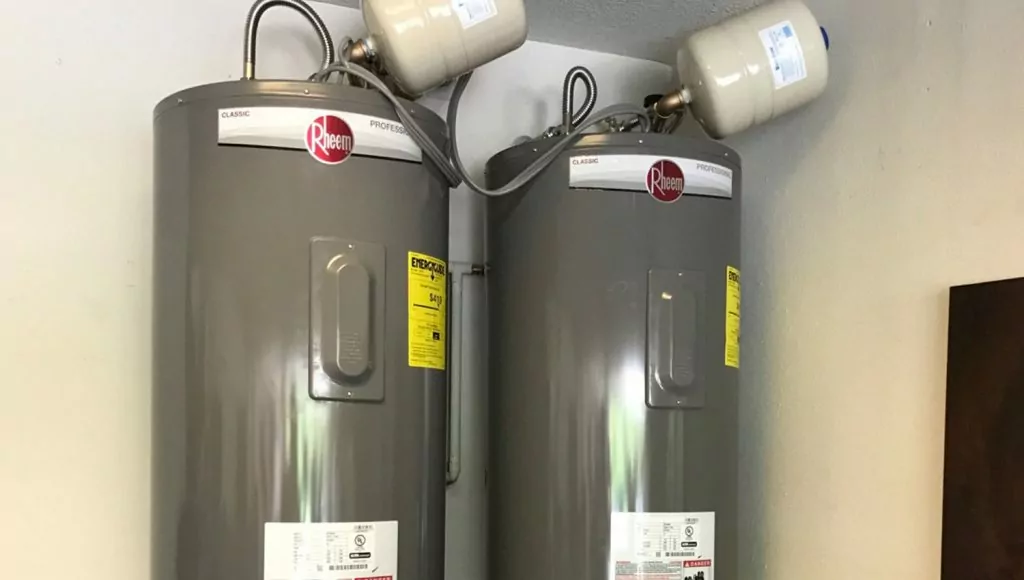
On those frosty winter days, nothing is more satisfying than a hot shower. But what happens when your water heater decides to malfunction and instead of the comfortable warm feeling that you’re used to, there’s an unexpected burst of cold? Let us explore some ordinary issues with water heaters as well as how they can be addressed.
Hot water tanks are notorious for running into problems such as not heating up properly or delivering only chilly streams in lieu of hot ones. In order to diagnose these troubles, it helps to get acquainted with different components contained within them so one will have an idea on which part needs attention first.
Identifying Water Heater Issues
Common issues with water heaters can be observed through changes in their performance. If you notice an inconsistency of temperature, discolored water or low pressure when running the unit, as well as leaks and strange noises coming from it, then these may indicate a problem with your water heater. If there is insufficient hot water being produced by the system, this could also signify an issue that should be addressed promptly. Pay close attention to all signs of malfunction so that potential problems are dealt with before they escalate into something bigger.
Water Heater Solutions
Once the difficulty has been identified, there are a number of actions that can be taken. One might attempt to re-ignite the pilot light or replace any broken heating elements. One could even go so far as buying an all new unit if necessary.
When these steps seem too intimidating, it is often best practice to contact a professional, like our top-rated San Antonio plumbers for assistance. This way you will have peace of mind knowing your issue was addressed by someone who knows what they’re doing with this type of matter.
Sewer Line Complications
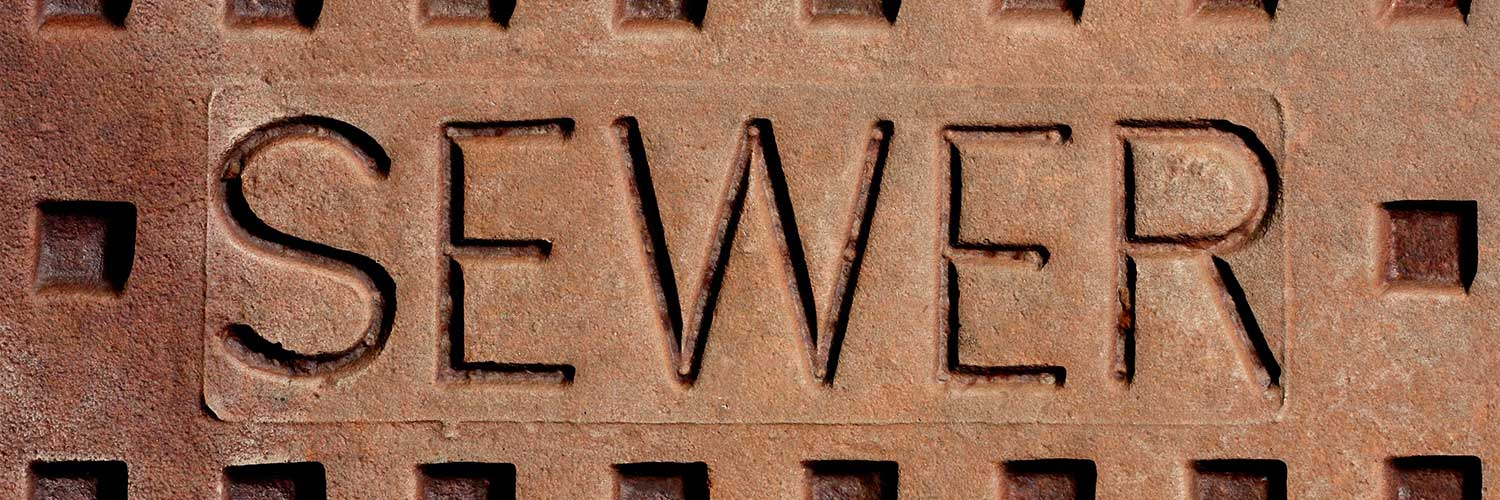
Having dripping faucets and clogged drains in your home can make living there quite unpleasant. Clogs plus awful smells are usually an indication that something is off with the sewer line, so what do you do if this happens?
Detecting these issues isn’t always easy, but it’s necessary to determine how best to tackle them. Fortunately, a range of solutions exist for fixing sewer lines. They depend on accurately identifying the underlying problem first!
Detecting Sewer Line Problems
When it comes to sewer line issues, signs such as blockages due to tree roots or ground shifting, foul odors coming from drains that flow slowly if at all, backups and clogs in the system can be a sign of trouble. If you notice any of these symptoms, professional plumbing assistance should be sought out quickly. More obvious hints like seeing water pooling up around your septic tank area indicates there’s an issue with your sewer line needs tending too immediately. Call a plumber right away when this is noticed so they can assess the situation properly and suggest solutions for resolving any existing problems that may need attention.
Professional Intervention
Professional intervention is often needed to handle sewer line problems. Plumbers are equipped with the necessary tools and experience for maintaining, fixing, or unclogging your plumbing system as well as changing any faulty pipes. If you think something may be wrong with the drainage in your home, it’s best to consult a specialist quickly before things get out of hand. Sewer lines require expertise so make sure that an experienced individual handles them efficiently and properly!
Low Water Pressure Dilemmas
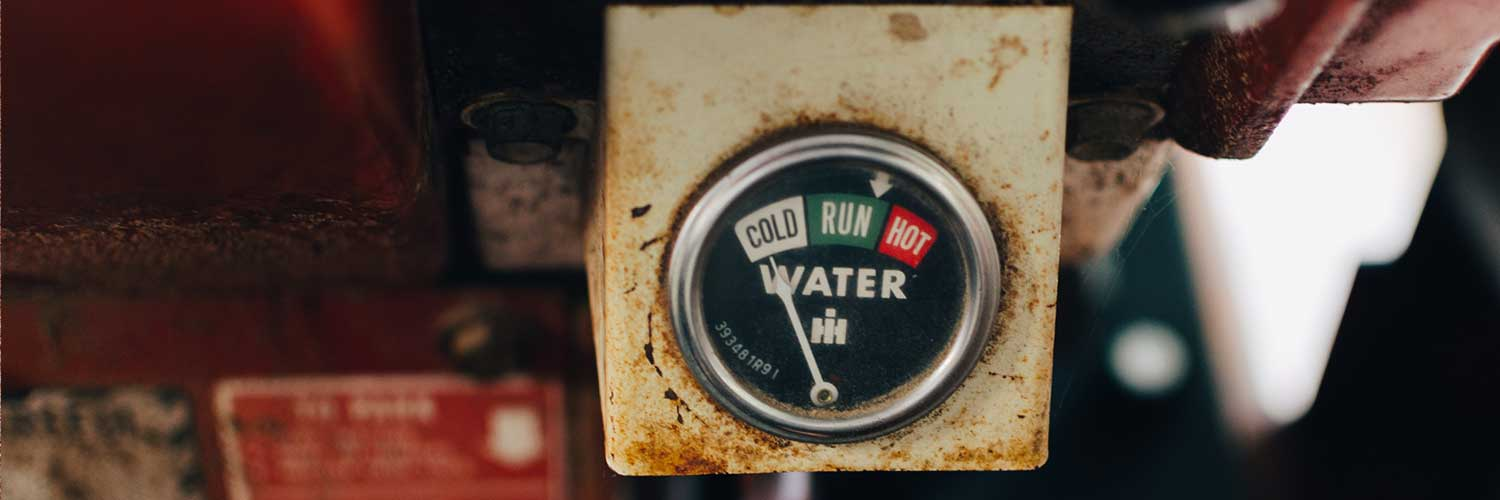
When it comes to water pressure in your household, low-pressure can be a major source of frustration. But what is the cause behind it? There are many factors that could attribute to having too little pressure, including clogged or corroded pipes and blocked air chambers. To figure out how best to go about resolving this issue, we need first understand why such problems arise from within our sewer lines and into our homes.
The diagnosis for poor water flow begins with investigating these plumbing fixtures – most importantly checking if there is any buildup which may hinder proper functioning of pipelines leading up through even Down inside walls where pipes lie hidden away deep beneath us all unseen! So make sure you identify the reason before finding a solution since fixing one problem often leads to another: unblocking jets will bring back normal rate flows but does not address underlying root causes such as corrosion build-up issues.
Identifying Low Water Pressure Causes
In order to address the problem of diminished water pressure, it is necessary to pinpoint what factors are causing it. Among those could be blocked pipes and/or leaks or simply an excessive amount of use from household members. To investigate this, inspect your plumbing system for any clogs as well as monitor how much you have been using lately if higher than usual.
Improving Water Pressure
When trying to raise the water pressure, one can address obstructions or repair any leakages by applying a pressurizing gadget. If all that does not provide an effective solution then it might be time for you to contact a qualified plumber. Fixing blockages, patching up breaks in lines, and installing pressure-increasing equipment are some of the strategies that will help improve your water pressure problems.
Garbage Disposal Jams
We’ve all experienced it – the annoying garbage disposal jam that disrupts kitchen cleanup. What are some of the potential causes, and how can these issues be avoided or solved?
Garbage disposals may block up for a variety of reasons like food debris, tiny objects, as well as corrosion from substances such as fats and grease, which should not go into them in any case. To prevent jams happening in the first place, make sure you only put biodegradable materials down your sink and also avoid grinding fibrous foods or hard items like bones – they don’t break down easily enough! If not, then you would be disappointed.
Preventing Disposal Jams
Be cautious about what you put into your garbage disposal in order to avoid clogs. Hard objects, fibrous materials, and grease should all be kept out of the appliance so that jams don’t occur.
Fixing Jammed Disposals
If your garbage disposal has jammed, it is essential to check the power supply and remove any foreign objects blocking the unit. If this does not solve the problem, calling a professional plumber would be necessary for guaranteed success. A qualified technician can handle even more complicated cases of jams so you don’t have to worry about dealing with potential damage yourself.
High Water Bills
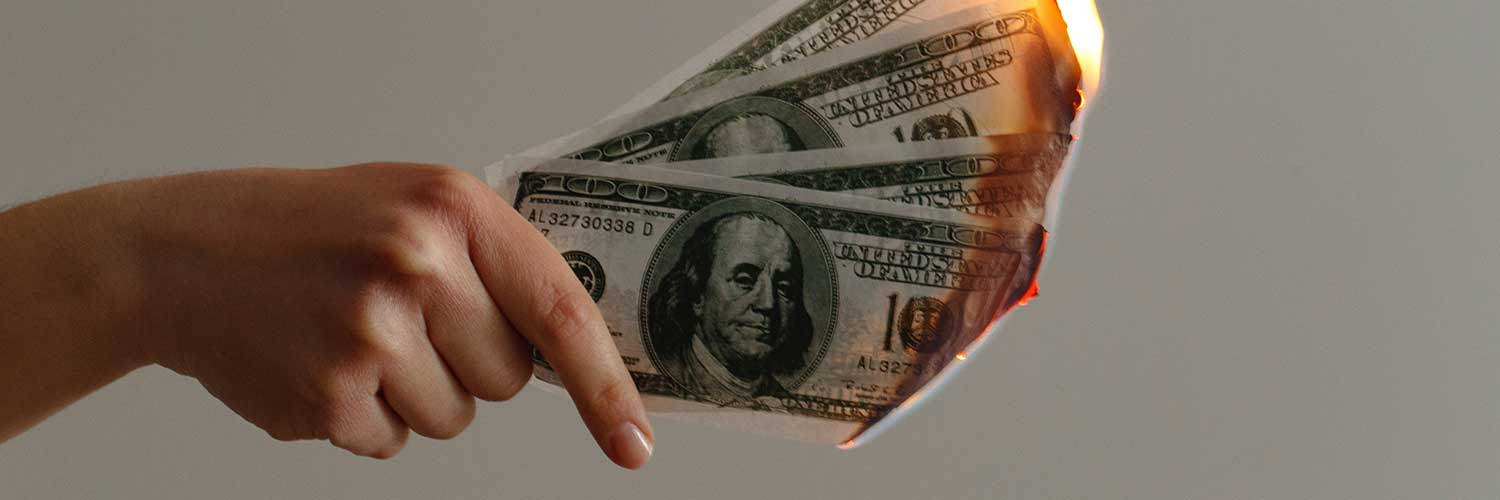
Money is an issue that all of us take seriously, especially when it comes to our water bills. Fortunately, there are measures we can take to reduce the amount being spent on water without having to make drastic changes. The primary cause for these high costs are due mainly to leaks and inefficient fixtures A tendency towards overuse. Knowing this provides potential solutions which could help alleviate some financial strain.
Finding the Culprit
If you’re looking to lower your water bill, the first step is determining what’s causing it. Possible causes include leaking taps, outdated appliances and inefficient fixtures, as well as higher utility prices. Once those have been identified, there are several ways to reduce the cost of your expenditure on this resource.
Reducing Water Consumption
Once you’ve figured out the source of excessive water usage, measures can be taken to cut down consumption. These steps could include mending drips or leaks, introducing more effective fixtures that save water resources as well as updating existing household appliances.
DIY Plumbing Tips and Tricks
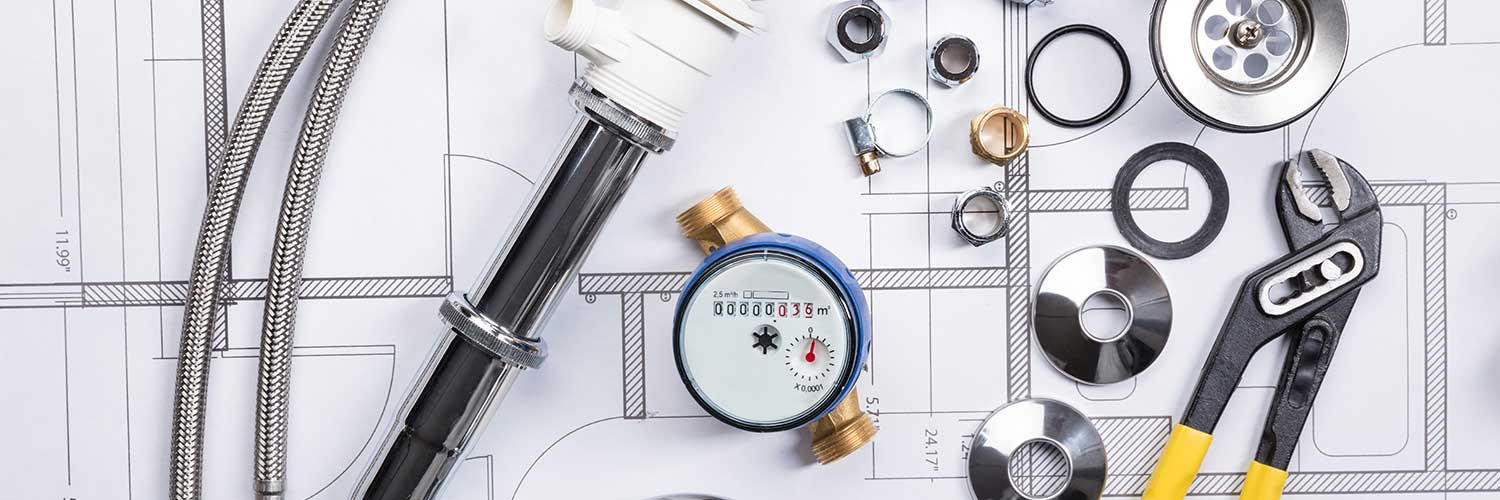
For those wanting to take on plumbing issues by themselves, we have created some tips and tricks. A key element is being aware of the location of all shut-off valves as this will enable you to control any possible water leaks or clogged drains.
It is recommended that you keep a set of hex keys nearby in order to be prepared for different types of problems related to pipes such as dripping taps or leaking joints. Plumber’s tape can also come handy when trying to tackle these types of damages while having a plunger around could help solve potential blockages more easily than using harsh chemical solutions.
Last but not least, always remember to keep your towels and buckets ready just in case things get messy! These hints should give you an overview so minor repairs won’t seem too difficult nor daunting anymore.
Essential Tools and Supplies
Gearing up for a DIY plumbing project requires having the necessary tools and materials. Essential items include things such as wrenches, plungers, pipe cutters and even a drain snake.
Protective equipment is also very important – gloves to protect your hands, safety glasses plus a face mask should never be forgotten. All of these pieces are key in order to complete any task safely and with success!
Safety Precautions
The importance of safety when engaging in DIY plumbing cannot be overstated. Shut off the water source before beginning any job and wear appropriate protective attire, as avoiding danger is always best practice. Taking extra precautionary steps while tackling a project can mean the difference between success and disaster – so it’s better to err on the side of caution!
When to Call a Professional Plumber

When it comes to DIY repairs, there are times when seeking assistance from an expert is the best solution. Whether you have a stuck clog or your water heater has broken down, knowing when to contact a professional plumber can save you time and even damage.
Hiring someone with expertise in this area will prevent hefty costs for repair services – plus they’re qualified to get the job done correctly.
Summary: Common Plumbing Problems and Solutions
This blog post has presented a variety of common plumbing problems, from basic dripping faucets to complicated sewer line problems. Here we’ve explored the sources of these malfunctions and how they can be detected plus what you could do to get them fixed – whether through self-help or hiring an experienced plumber.
Anytime something isn’t quite right with your water system, it’s best not take chances. If DIY doesn’t work, have no fear in getting professional help. You should now feel more confident about confronting plumbing matters head on!
Related Post: Untangling the Pipes: Common Plumbing Problems in Old Houses
Frequently Asked Questions
How do you know if your pipes are bad?
Be on alert for any discoloration near connections, strange noises coming from your taps, diminished water pressure accompanied by horrible smells in drains and slow-flowing pipes. Watch out for stains or damaged walls that could show up due to a bad piping system.
If you observe these signs then it is time to take action as this might indicate a faulty plumbing structure! Low water pressure can also be an indicator of such issues which needs immediate attention. Otherwise, more serious damages may occur over time.
What are some of the common symptoms of issues with an interior plumbing and drainage?
Be on the alert for potential plumbing complications to make sure your residence remains in optimal condition. A few common symptoms are clogged toilets and drains, faulty faucets or pipes that leak, problems with water heaters, low pressure of the water supply, as well as a running toilet. Be mindful of these 15 issues so you can deal with them swiftly before they become bigger challenges later down the line.
What should I do if my faucet keeps dripping?
Diagnose the issue with your tap and either attempt to fix it yourself or call a plumber if necessary.
Why is my drain clogged?
A blockage in the drain might have been caused by hair, food particles, grease and toothpaste. To try to fix it yourself, use a plunger or snake tool that can break up debris. Alternatively, you could pour down an appropriate chemical cleaner.